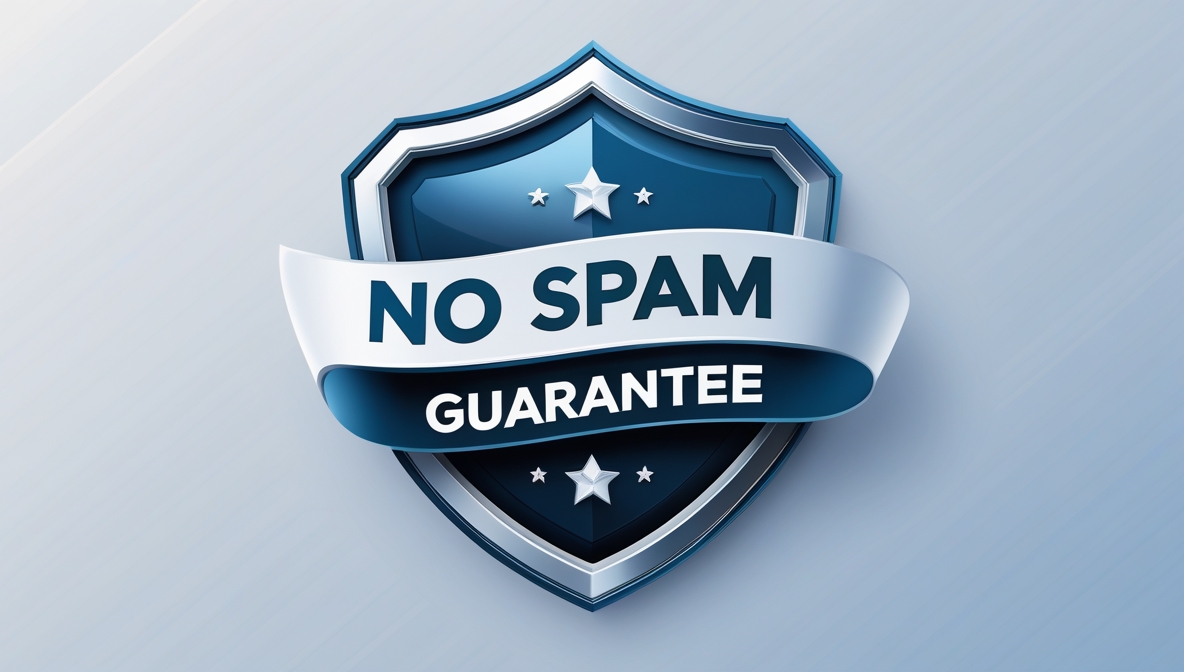What Is This Example of Using Enterprise Architecture for Digital Transformation?
This example provides a practical roadmap for transforming complex, fragmented digital environments into unified, customer-centric ecosystems. It consolidates architecture design, technology selection, and governance guidance to help CIOs modernize their platforms, improve service delivery, and reduce cost and complexity across their IT landscape. This example turns modernization from a one-time initiative into a structured, sustainable capability.
Why You Should Trust This EA for Digital Transformation Example?
Developed from a comprehensive enterprise architecture review and modernization study, this example draws on field-tested methodologies used in complex digital service environments. It reflects real-world implementation experience, not theoretical models.
- Evidence-based insight: Built from documented assessments of live enterprise systems and modernization programs.
- Vendor-neutral guidance: Focuses on architecture principles and governance rather than product promotion.
- Balanced approach: Combines technical modernization with organizational change and customer experience improvement.
Together, these factors make it a credible resource for CIOs looking to achieve measurable progress rather than conceptual plans.
Why This Example Matters
Most organizations operate with disconnected systems, legacy applications, and disjointed customer channels — all of which increase cost, complexity, and frustration. This example helps CIOs reverse that trend by building a single, integrated architecture that supports agility, transparency, and service quality.
- Legacy complexity: Addresses the challenge of overlapping systems that drive high maintenance costs.
- Customer experience gaps: Fixes broken user journeys across web, CRM, and service portals.
- Integration inefficiency: Replaces point-to-point connections with centralized integration layers.
- Data fragmentation: Creates a foundation for a single customer view and trusted data management.
- Operational strain: Improves visibility and coordination across departments and workflows.
By following this example, CIOs can move from isolated modernization efforts to a coherent enterprise-level transformation.
What Makes It Different
Unlike general IT modernization reports, this example offers both strategic clarity and actionable architecture design. It unites customer experience strategy, integration, and governance in one adaptable model.
- Unified architecture view: Connects customer channels, systems, and data layers into a single enterprise ecosystem.
- Actionable roadmap: Provides a three-year implementation plan sequenced by priority and dependencies.
- Governance integration: Introduces a dedicated Web Technology Advisory Body model for sustained oversight.
It’s a rare combination of depth, structure, and adaptability — giving CIOs a clear path from evaluation to execution.
How to Use This Example
This example is designed for CIOs, enterprise architects, and transformation leads who need to modernize digital platforms while minimizing disruption.
- Assess your current architecture: Map existing applications, integrations, and customer interfaces.
- Identify key modernization opportunities: Use the example’s categories—centralization, optimization, and automation—to focus effort.
- Select your CRM and integration strategy: Compare “upgrade and re-architect” versus “replace” pathways.
- Design a future-state architecture: Apply guiding principles like modularity, low-code enablement, and data-driven design.
- Sequence actions over three years: Follow the provided roadmap for quick wins and strategic milestones.
- Establish governance: Use the WTAB model to prioritize and oversee digital initiatives.
Each step builds on the last, ensuring modernization decisions are consistent, scalable, and sustainable.
What It Helps You Deliver
This example enables CIOs to produce a coherent modernization strategy supported by clear documentation and measurable outcomes.
- Enterprise architecture blueprint: A visual and conceptual model of your future digital ecosystem.
- Modernization roadmap: A three-year plan with defined milestones, dependencies, and outcomes.
- CRM transformation plan: A structured approach to upgrade, re-architect, or replace legacy CRM systems.
- Integration and middleware strategy: A design for unified data exchange and workflow automation.
- Governance charter: A working model for cross-department oversight and alignment through a digital advisory body.
Together, these deliverables create a foundation for a resilient, scalable, and customer-centered enterprise platform.
What You Can Do With It
By applying this example, CIOs can shift from reactive maintenance to proactive digital leadership.
- Achieve enterprise-wide consistency: Reduce duplication, silos, and conflicting technologies.
- Accelerate service delivery: Use automation and workflow integration to shorten turnaround times.
- Enhance customer satisfaction: Deliver seamless, omnichannel experiences.
- Strengthen governance: Improve control over digital decisions, budgets, and standards.
- Demonstrate measurable ROI: Quantify efficiency gains and reinvest savings in innovation.
The result is a more connected organization — one that can deliver faster, serve better, and adapt continuously.
Download the Example of Using Enterprise Architecture as an Engine of Digital Transformation
Build a unified digital foundation that improves customer experience, lowers costs, and accelerates modernization.

